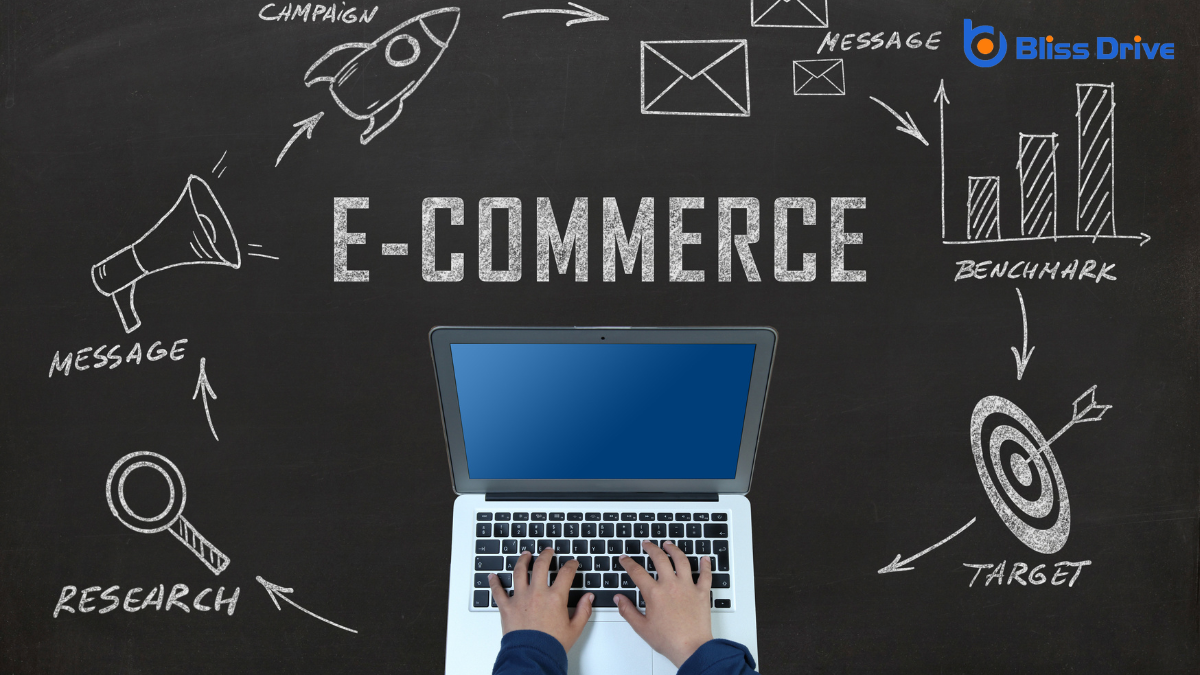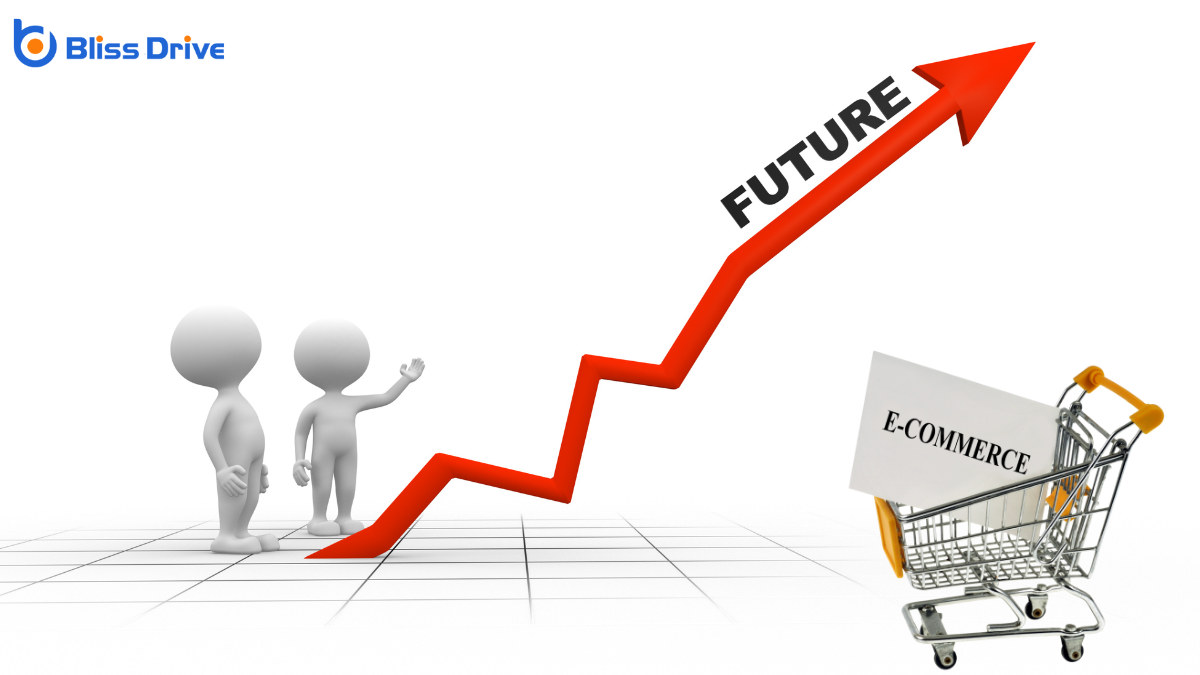Learn More About Us

When we discuss e-commerce platform integration, we're really talking about the seamless connection of various software applications to create a smooth online shopping experience. This process involves ensuring that systems communicate effectively, sharing essential data like product details and customer orders. By minimizing manual input and automating processes, integration enhances operational efficiency. But what are the key components and challenges involved? Let's explore these aspects to understand its true impact on businesses.
When we explore the basics of e-commerce platform integration, it’s essential to understand how these systems connect to create seamless online shopping experiences.
Our goal is to guarantee that different software applications communicate effectively, allowing for smooth operations. We need to focus on how platforms share data, such as product information and customer orders, to enhance efficiency.
By establishing clear connections, we can automate processes and minimize manual input, reducing errors and saving time.
We should also consider the importance of compatibility between systems. They must work together without causing disruptions.
Integration supports various business functions like inventory managementThe process of ordering, storing, and using a company's inventory, including raw materials, componen... and payment processingThe handling of credit card transactions and other payment methods.. When systems sync effortlessly, we provide a better experience for customers and staff alike.
Mastering these basics lays the foundation for more complex integrations.
Integrating e-commerce platformsSoftware solutions that allow businesses to create and manage online stores, such as Shopify, WooCom... involves several key components that guarantee smooth operation and efficiency.
First, we need a robust API (Application Programming Interface) that allows different systems to communicate seamlessly. It acts as a bridge, making certain data flows accurately between platforms.
Second, data mapping is essential. We must align data fields from various systems to make sure consistency and avoid errors.
Third, middleware plays a vital role by managing interactions between disparate systems, reducing complexity.
Additionally, security protocols can’t be ignored; protecting sensitive customer data is paramount.
Finally, we need a monitoring system to track performance and quickly address issues.

While integrating e-commerce platforms can seem challenging, the benefits for businesses are substantial and worth the effort. We gain a centralized system that streamlines operations, making inventory management, order processing, and customer data handling more efficient. This efficiency reduces manual errors and saves time, allowing us to focus on growth and customer satisfaction.
Moreover, platform integration enhances our ability to provide a seamless customer experience. Customers enjoy faster service and consistent access to our products across various channels. This consistency builds trust and encourages repeat business, boosting our revenue.
Additionally, integration offers valuable insights through data analytics. We can track customer preferences and market trends more accurately, empowering us to make informed decisions and tailor our marketing strategies effectively.
Integration truly transforms our business capabilities.
Despite the clear advantages, integrating e-commerce platforms doesn’t come without its hurdles. We often encounter compatibility issues between different systems, which can disrupt seamless data flow. These discrepancies may leadA potential customer referred by an affiliate who has shown interest in the product or service but h... to errors and inefficiencies that impact business operations.
Additionally, data securityMeasures taken to protect data from unauthorized access and data breaches. concerns arise, as integrating multiple platforms increases vulnerability to breaches.
To tackle these challenges, we can start by ensuring that our systems are compatible and support common integration standards. Employing middleware solutions can help bridge gaps between disparate systems, improving communication and reducing errors.
For data security, implementing robust encryption protocols and access controls is essential. Regularly updating and patching systems will also safeguard our platforms. By addressing these issues head-on, we’re better positioned to reap the rewards of integration.
Having tackled the challenges of integration, let's explore strategies that lead to successful outcomes.
First, we must prioritize clear communication among all stakeholders to guarantee everyone’s aligned. Transparency helps us anticipate potential issues before they escalate.
Next, selecting the right tools is vital. We should opt for adaptable, scalable solutions that fit our specific needs.
It’s also essential to conduct thorough testing at every stage. This way, we catch errors early and maintain quality.
Additionally, continuous training for our team guarantees they’re well-versed in new systems.
Finally, we should establish a feedback loop. Regularly gathering input helps us refine processes and adapt to changing demands.

As we look to the future of e-commerce platform integration, AI-driven automationUsing software to send emails automatically based on predefined triggers and schedules. tools are set to enhance efficiency and personalizationTailoring content and offers to individual users based on their behavior, preferences, or demographi....
We'll also see seamless omnichannel experiences become the norm, allowing customers to interact with brands consistently across multiple platforms.
These trends promise to revolutionize how we integrate and operate our e-commerce systems.
AI-driven automation tools are revolutionizing the landscape of e-commerce platform integration, pushing boundaries and setting new standards for efficiency and personalization.
These tools harness the power of AI to streamline operations, improve customer experiences, and optimize resources effectively.
Let's explore how they enhance our e-commerce platforms:
Building on the transformative impact of AI-driven automation tools, we now turn our attention to the exciting domain of seamless omnichannel experiences.
As customers increasingly expect a consistent journey across multiple touchpoints, integrating our e-commerce platforms becomes essential.
We need to guarantee that whether someone shops online, via mobile, or in-store, their experience is unified and fluid.
To summarize, we've seen how e-commerce platform integration transforms online shopping by connecting diverse systems for a seamless experience. Automating processes reduces errors and enhances efficiency, benefiting both businesses and customers. While challenges exist, understanding key components and following best practices can lead to successful integration. Looking ahead, staying informed about emerging trends will guarantee we keep pace with the evolving digital landscape, ultimately providing even better shopping experiences for everyone involved.
